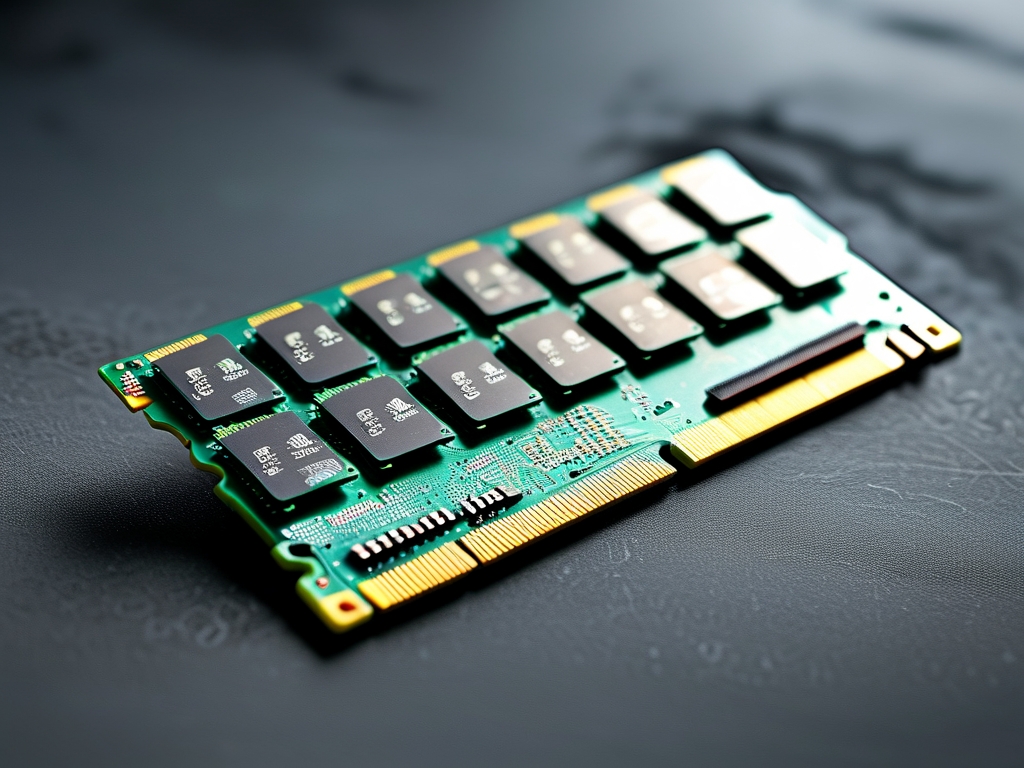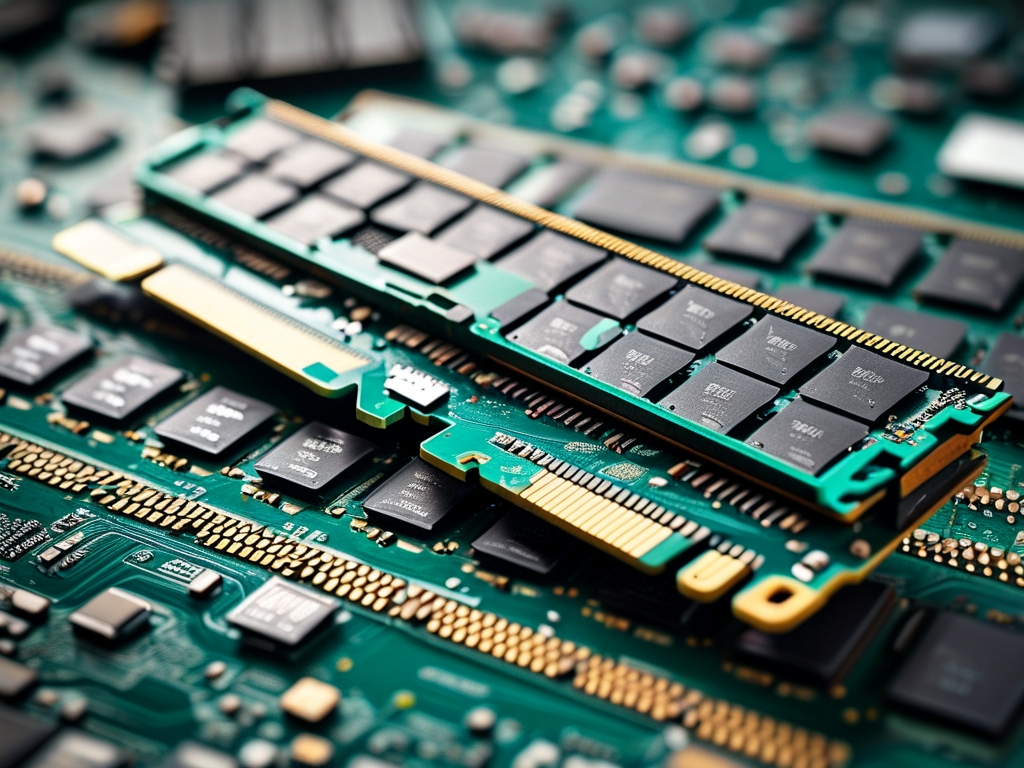Modern computing systems rely heavily on memory modules, commonly known as RAM sticks, to handle temporary data processing tasks. A frequently asked question among hardware enthusiasts is: How many chips does a memory module actually contain? The answer depends on multiple factors, including the module’s capacity, design architecture, and manufacturing standards. Let’s dive into the technical details behind this query.

The Basics of Memory Module Construction
A typical memory module consists of integrated circuits (ICs) soldered onto a printed circuit board (PCB). These ICs, often called memory chips or DRAM chips, store data temporarily while the computer is operational. The number of chips varies significantly across different modules. For example:
- A 4GB DDR4 module might use eight 512MB chips
- A 16GB DDR5 module could employ sixteen 1GB chips
This variation arises from differences in chip density – the storage capacity per individual chip. Higher-density chips reduce the total number required to achieve a module’s overall capacity.
Key Factors Influencing Chip Count
- Module Capacity: A 32GB module inherently requires more chips than an 8GB variant, assuming identical chip densities.
- Chip Organization: Manufacturers may use x4, x8, or x16 configurations (referring to data bus width), affecting how chips are grouped.
- Single-Sided vs. Double-Sided: Modules with chips on both PCB sides (double-sided) often contain more ICs but enable better thermal distribution.
- Error Correction (ECC): Enterprise-grade ECC RAM includes extra chips for error detection, increasing total IC count by 10-15%.
Case Study: Comparing DDR4 and DDR5 Modules
Consider two 16GB modules – one DDR4 and one DDR5. The DDR4 version might use sixteen 1Gb (gigabit) chips organized in two ranks, while the DDR5 equivalent could utilize eight 2Gb chips due to improved manufacturing processes. This demonstrates how technological advancements reduce chip counts while maintaining capacity.
A practical code snippet illustrates capacity calculation:
def calculate_chips(total_capacity_gb, chip_density_gb):
return total_capacity_gb / chip_density_gb
# Example: 16GB module using 2GB chips
print(calculate_chips(16, 2)) # Output: 8 chips
Industry Trends and Innovations
Recent developments in 3D stacking technology allow vertical layering of memory cells, dramatically increasing chip density. Micron’s 1β (1-beta) DRAM process, for instance, enables 16Gb chips at 15% higher efficiency. Such innovations explain why modern high-capacity modules (e.g., 64GB DDR5) may contain fewer chips than older 32GB DDR4 models.
Practical Implications for Users
While chip count isn’t a primary consumer concern, it impacts:

- Compatibility: Some motherboards have physical clearance limitations for tall heatspreaders on multi-chip modules
- Overclocking: Modules with fewer high-density chips often exhibit better thermal performance
- Repairability: Modules with more discrete chips theoretically allow individual chip replacement (though rarely practical)
The number of chips in a memory module reflects a balance between technological capabilities and design requirements. From vintage SIMM modules with 30+ chips to modern DDR5 sticks utilizing just eight high-density ICs, this evolution underscores the semiconductor industry’s remarkable progress. As chip densities continue climbing with new lithography nodes, future modules may achieve terabyte capacities with fewer than 10 chips – a paradigm shift that will redefine memory hardware standards.

